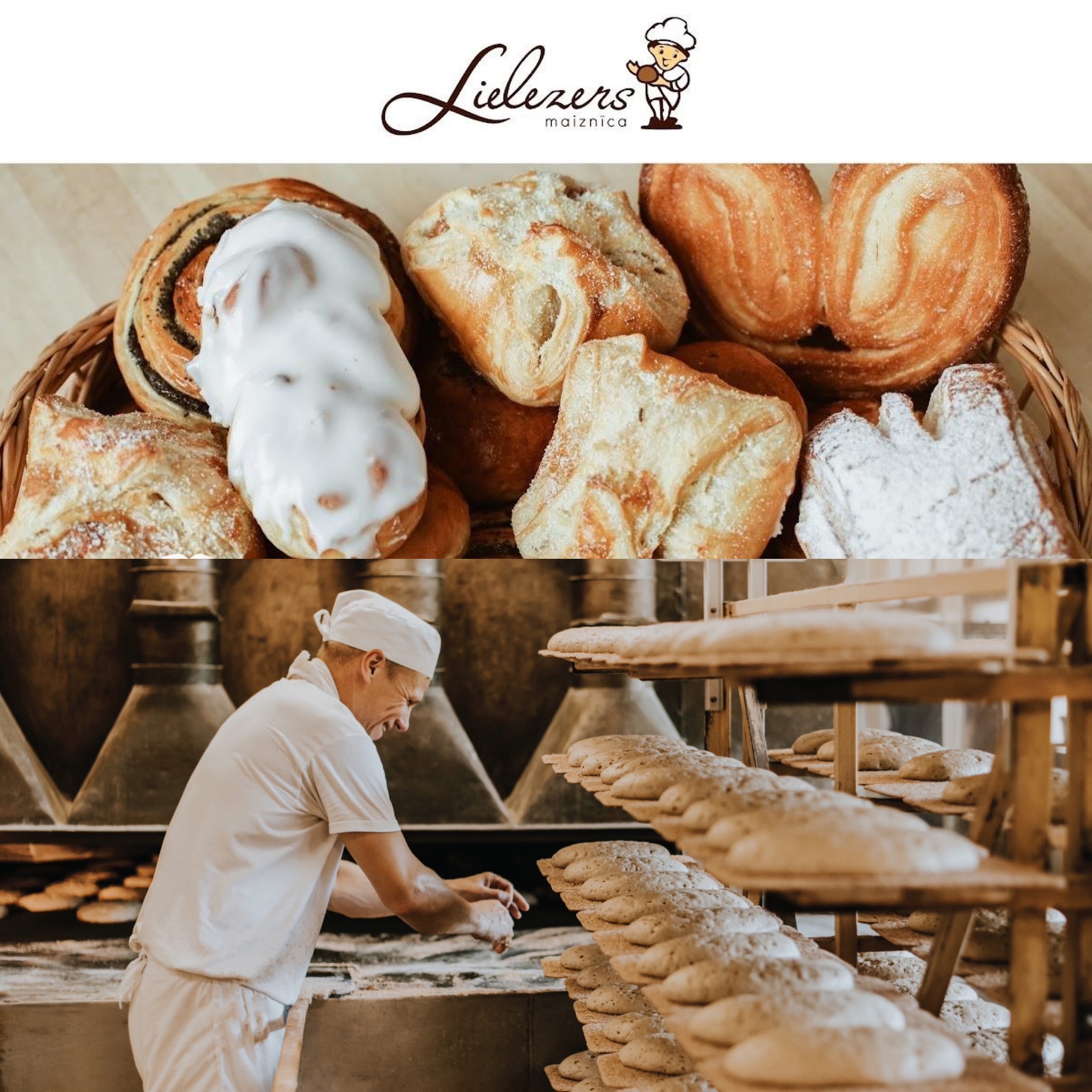“Roses are red, violets are blue” is a century-old poem that has become synonymous with declarations of love on Valentine’s Day.
But it seems that even the classic rose is not immune to the changing trends of the modern world.
People are turning to a range of flower varieties to gift to loved ones. (ABC Riverland: Shannon Pearce)
Dahlias and native wildflowers have overtaken the rose in popularity as customers turn away from imported blooms.
Flower Industry Australia chief executive Anna Jabour said rising consumer focus on sustainability led to more people sourcing Australian grown flowers.
“Most of the roses are imported, so I think people are moving away from that,”
Ms Jabour said.
“People are learning to ask where flowers are from and so a lot of florists can point to Australian-grown varieties.”
Anna Jabour says Australian grown flowers are highly sought after. (Supplied: Anna Jabour)
She said hydrangeas, dahlias, banksias and even Australian-grown chrysanthemums and tulips had grown in popularity.
Local blooms trump imports
About 50 per cent of flowers sold in Australia are imported from Kenya, Colombia, Ecuador, Malaysia, and China, according to Flower Industry Australia data.
The majority of roses sold in Australia are imported. (Supplied: Armin Azad)
But Ms Jabour said there was an increase in micro flower farms and people seeking out other flower varieties.
“I think roses have been the main cut flower to buy for decades so people are just looking for something different, they want to be more creative so they’re moving away from the rose,” Ms Jabour said.
It is a trend Renmark Flower House owner Georgie Vermeeren has also seen.
Georgie Vermeeren sources as many flowers as possible from local growers. (ABC Riverland: Shannon Pearce)
“I’m trying to source locally where possible,” Ms Vermeeren said.
“It is always fresher to get them off the farm.
“It saves on freight and also with imports you get a lot of chemicals that can come in on your flowers as well.
“The closer I can get to the farm, the better the flowers are going to be for the customer.”
Ms Vermeeren says flowers are always freshest straight from the farm. (ABC Riverland: Shannon Pearce)
However, when it came to roses, Ms Vermeeren said she used imported blooms due to supply and demand challenges.
“Most of the premium roses are imported from Ecuador,”
she said.
“If people want red roses from me in the middle of winter, I’m going to have to go imported because they don’t grow in winter, so Australia’s climate doesn’t allow me to really source roses from anywhere else.”
With majority of roses sold in Australia imported, Ms Jabour expressed concerns over chemical use and lax biosecurity practices.
About 50 per cent of cut flowers sold in Australia are imported. (ABC News: Charlie McKillop)
“So, for a cut flower to come into the country, only about 20 per cent of shipments are inspected and that creates a very real pest pathway,” she said.
However, the Department of Agriculture, Forestry and Fisheries said in a statement every consignment of fresh cut flowers imported to Australia was inspected.
“If import conditions are found not to have been met, the consignment is either treated, exported, or destroyed at the importers’ expense,” the department stated.
Dahlias rising trend setters
Amid one of the country’s newer small scale flower growers is Keely Pampling, who runs a flower patch in Loveday, South Australia.
Keely Pampling is seeing the rising popularity of dahlias in Australia. (Supplied: Keely Pampling)
She said dahlias had grown in popularity since starting her business in 2022 and they were her favourite flower to grow with 100 varieties in her garden.
“We’re also seeing them a lot more in everyone’s gardens, more locals are planting them, more florists are using them,” she said.
“They’re just definitely a lot more popular in the last few years than what they have been, five years ago.”
She said more people had turned to local producers in the wake of the pandemic.
Dahlias are a popular flower for micro flower farmers and consumers in Australia. (Supplied: Keely Pampling)
“People want to see where they’re buying their produce from, they want to support locals and they want the freshest product,”
she said.
Her patch is also filled with zinnias and “filler flowers”, such as scabiosas, straw flowers, cosmos and snapdragons.
The size of her garden means she has to be selective about what she can grow.
“We’ve changed a lot from last season to this season with what sells and what doesn’t,” she said.
“Sales will always influence what you grow.”
While roses were waning in popularity throughout the year, Ms Vermeeren said Valentine’s Day was the exception.
“You still have those classic romantics that do like to gift the red rose,”
she said.
“It’s not a trend that looks like it’s going away anytime soon.”










